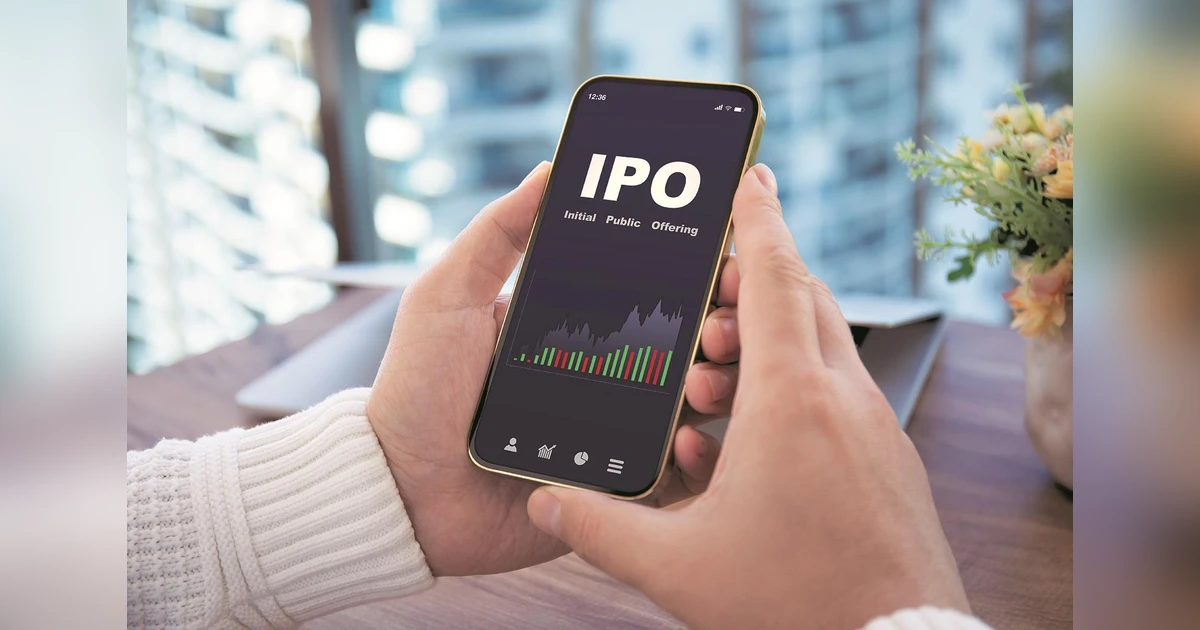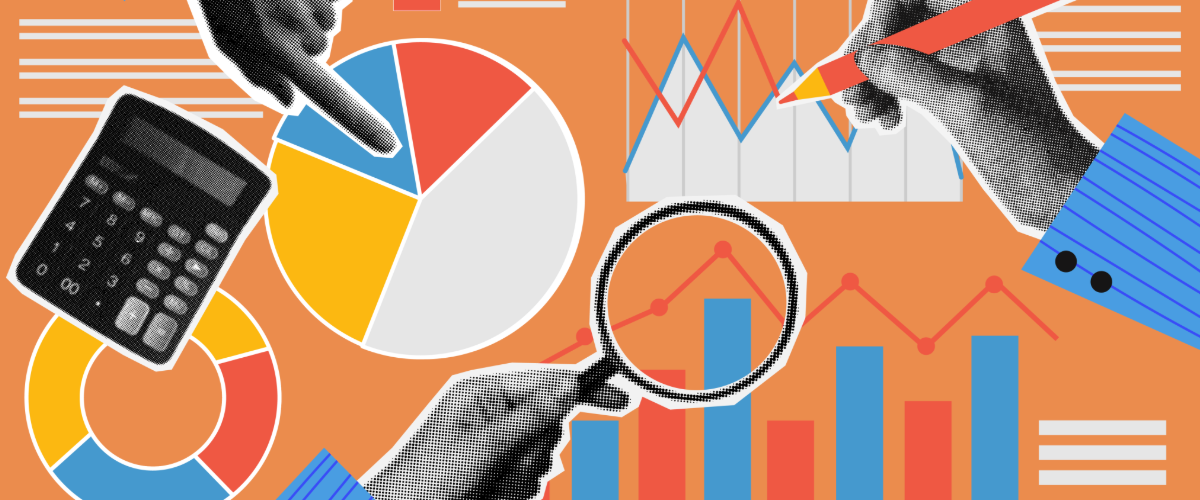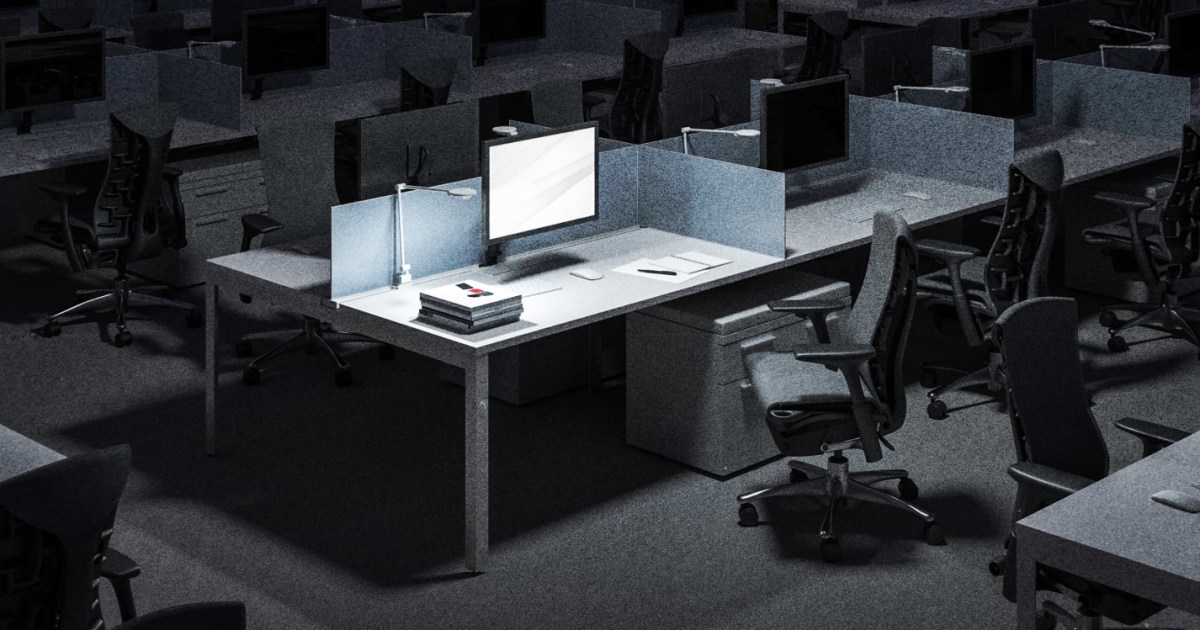- Arvind's Newsletter
- Posts
- Arvind's Newsletter
Arvind's Newsletter
Issue No. #1165
1.India proposes slashing taxes on small cars under Modi reforms, sending shares higher: Reuters
India aims to slash taxes on small cars and insurance premiums as part of a sweeping reform of its goods and services tax (GST), a government source said on Monday, sparking a rally in Indian stock markets.
Prime Minister Narendra Modi's administration revealed plans over the weekend for the largest tax overhaul since 2017, with consumer, auto and insurance companies likely to emerge as the biggest winners when product prices drop from October, once the reform is approved.
2.Rs 2.4 lakh crore GST boost! Jefferies, Morgan Stanley decode impact on stocks, economy: Economic Times
Prime Minister Narendra Modi’s Independence Day GST reform announcement is seen as a game-changer, with brokerages projecting a Rs 2.4 lakh crore demand boost and a 50–70 bps lift to GDP growth. Expected around Diwali, the reforms, coupled with earlier income tax cuts, are set to fuel discretionary spending, with auto and consumption stocks poised to benefit most.
Kotak Equities said the GST rate rationalization could unleash a Rs 2.4 lakh crore demand boost, with autos and consumer durables emerging as the biggest winners, though cement may see more limited gains.
“Rationalisation of GST rates should boost discretionary consumption by meaningfully lowering prices for end consumers. Importantly, reductions in GST rates could help reduce the burden on low-income households, given that indirect tax structures are regressive in nature. Indeed, the share of indirect taxes in total gross taxes has declined from 44.8% in FY2015 to 41.5% in FY2025,” Morgan Stanley’s Upasana Chachra said.
Jefferies identified the sector's biggest beneficiaries upfront: "2-wheelers, cement, AC likely big beneficiaries...With govt. targeting relief in GST rates for certain 'essential and aspirational goods', we believe likely beneficiaries may include currently 28% taxed goods such as 2-wheelers, ACs, and possibly small cars & Hybrids (eff. rate 29-31%)."
3.Sebi proposes lower dilution for mega IPOs, extended MPS timelines: Business Standard
The Securities and Exchange Board of India (Sebi) on Monday proposed lowering the minimum dilution requirement for mega initial public offerings (IPOs), a move expected to benefit large listings such as Reliance Jio Infocomm and the National Stock Exchange (NSE).
Under the proposed framework, companies with a market capitalisation exceeding ₹5 trillion will be allowed significantly reduced minimum public offers (MPOs). For example, under the current rules, a company valued at ₹15 trillion must launch an MPO worth ₹80,000 crore. Sebi has proposed reducing this to ₹37,500 crore. In addition, such large companies will have up to 10 years to meet the 25 per cent minimum public shareholding (MPS) requirement, compared with five years at present.
4.POSCO, JSW Steel plan $8-9 bn Odisha plant in high-stakes joint venture: Mint
South Korea’s POSCO Holdings is making a third bid to crack India’s steel market — this time with local giant JSW Steel as partner. The two companies on Monday announced plans to set up a 6 million tonne per annum (mtpa) plant, likely in Odisha. Notably, POSCO’s first attempted steel plant in India, announced in 2005, was also in Odisha.
A joint statement by the two companies did not mention the investment amount. However, two executives aware of the matter said the companies intend to spend ₹70,000-80,000 crore ($8-9 billion) to set up the plant.
5.Foxconn's Bengaluru unit commences operation with iPhone 17 production: Moneycontrol
Taiwanese giant Foxconn’s Bengaluru unit kickstarted production of iPhone 17 albeit at a small scale, says a report by PTI. Its Chennai unit has already started production of Apple’s latest iPhone.
Apple’s CEO Tim Cook said that a majority of the iPhones sold in the US in June 2025 originated from India. As per S&P Global, iPhone sales in the US were 75.9 million units in 2024. India might need to add more capacity or redirect shipments bound for the domestic market to meet such demand.
Apple plans to almost double its iPhone production to 60 million units this year. It was at 35-40 million units in 2024-25. India has already assembled 60% more iPhones in FY25, and it’s worth an estimated $22 billion.
6.Ukraine Talks Continue: AP News and others
Ukrainian President Volodymyr Zelenskyy and European leaders are meeting with President Trump today at the White House. The gathering comes days after Trump's summit with Russian President Vladimir Putin in Anchorage, Alaska.
The White House did not provide a formal readout of that meeting. Since then, Trump has dropped the demand for a ceasefire as a precondition for peace talks. According to reports, Putin would be willing to halt the offensive in Ukraine’s southeastern Zaporizhzhia and Kherson regions and freeze the front lines in exchange for Ukrainian withdrawal from Donbas —a region Putin has partially occupied since 2014 and worked to fully capture since 2022. Putin has also reportedly agreed to allow the US and Europe to provide security guarantees to Ukraine.
Ahead of the meeting, however, Trump posted on social media that Ukraine should surrender Crimea and forego any hopes of joining NATO. Ukraine’s — and Europe’s — challenge “is to get Trump off the path that Putin has laid out for him,” the Financial Times’ chief foreign affairs commentator wrote, warning that they were entering “the lion’s den”.
Zelenskyy has rejected ceding territory to Russia, recently calling for a ceasefire. NATO’s secretary-general, the European Commission president, and the leaders of France, Germany, Italy, Finland, and the UK will join today’s meeting—a change in format from February’s meeting between Trump and Zelenskyy.
Trump and Zelenskyy will begin the day with a private meeting. They will later be joined by European leaders including French President Emmanuel Macron, British Prime Minister Keir Starmer, and German Chancellor Friedrich Merz. Nato’s new Secretary General Mark Rutte, European Commission President Ursula von der Leyen and Italian Prime Minister Giorgia Meloni will also be in attendance.
7.What if AI Doesn’t Get Much Better Than This? Cal Newport in New Yorker
AI is in the peak of its hype cycle.
“AI is starting to get better than humans at almost all intellectual tasks,” Anthropic CEO Dario Amodei recently told Anderson Cooper. He added that half of entry-level white collar jobs might be “wiped out” in the next one to five years, creating unemployment levels as high as 20%—a peak last seen during the Great Depression.
Meanwhile, OpenAI’s Sam Altman said that AI can now rival the abilities of a job seeker with a PhD, leading one publication to plaintively ask, “So what’s left for grads?”
Not to be outdone, Mark Zuckerberg claimed that superintelligence is “now in sight.” (His shareholders hope he’s right, as he’s reportedly offering compensation packages worth up to $300 million to lure top AI talent to Meta.)
But then, two weeks ago, OpenAI finally released its long-awaited GPT-5, a large language model that many had hoped would offer leaps in capabilities, comparable to the head-turning advancements introduced by previous major releases, such as GPT-3 and GPT-4.
GPT-5 was marginally better than previous models in certain use cases, but worse in others. However, AI commentator Gary Marcus, who had been predicting this outcome for years, summed up his early impressions succinctly when he called GPT-5 “overdue, overhyped, and underwhelming.”
This all points to a critical question that, until recently, few would have considered: Is it possible that the AI we are currently using is basically as good as it’s going to be for a while?
Read on
8.Criminals, good guys and foreign spies: Hackers everywhere are using AI now: NBC
LLMs, like ChatGPT, are still error-prone. But they have become remarkably adept at processing language instructions and at translating plain language into computer code, or identifying and summarizing documents.
The technology has so far not revolutionized hacking by turning complete novices into experts, nor has it allowed would-be cyberterrorists to shut down the electric grid. But it’s making skilled hackers better and faster. Cybersecurity firms and researchers are using AI now, too — feeding into an escalating cat-and-mouse game between offensive hackers who find and exploit software flaws and the defenders who try to fix them first.
“It’s the beginning of the beginning. Maybe moving towards the middle of the beginning,” said Heather Adkins, Google’s vice president of security engineering.
9.The first-ever real-time, 3D video of a human embryo attaching itself to the wall of the uterus has been captured
The first-ever real-time, 3D video of an embryo attaching itself to the wall of the uterus has been captured, scientists revealed. The detailed images shed light on a critical step during the earliest days of pregnancy—issues with implantation account for an estimated 60% of miscarriages.
Studying the internal, microscopic chain of events has been nearly impossible. To replicate the process, researchers developed a synthetic replica of the uterus and recorded the interactions over 24 hours. While it was known that embryos release enzymes to soften surrounding tissue, the study found they exert considerable force to effectively burrow inside the uterine wall, growing from the inside out . Researchers also suggested the process may be behind “implantation cramps,” experienced by pregnant women about six to 12 days after ovulation.
Understanding the mechanical forces involved during implantation will lead to new methods to prevent miscarriage and improve fertility treatments, including IVF.
10.Box, run, crash: China’s humanoid robot games show advances and limitations: The Guardian
While traditional kickboxing comes with the risk of blood, sweat and serious head injuries, the competitors in Friday’s match at the inaugural World Humanoid Robot Games in Beijing faced a different set of challenges. Balance, battery life and a sense of philosophical purpose being among them.
The kickboxers, pint-sized humanoid robots entered by teams from leading Chinese technological universities, are part of a jamboree of humanoid events taking place at China’s latest technology event. After spectators in the 12,000-seater National Speed Skating Oval, built for the 2022 Winter Olympics, stood for the Chinese national anthem on Friday morning, the government-backed games began.










